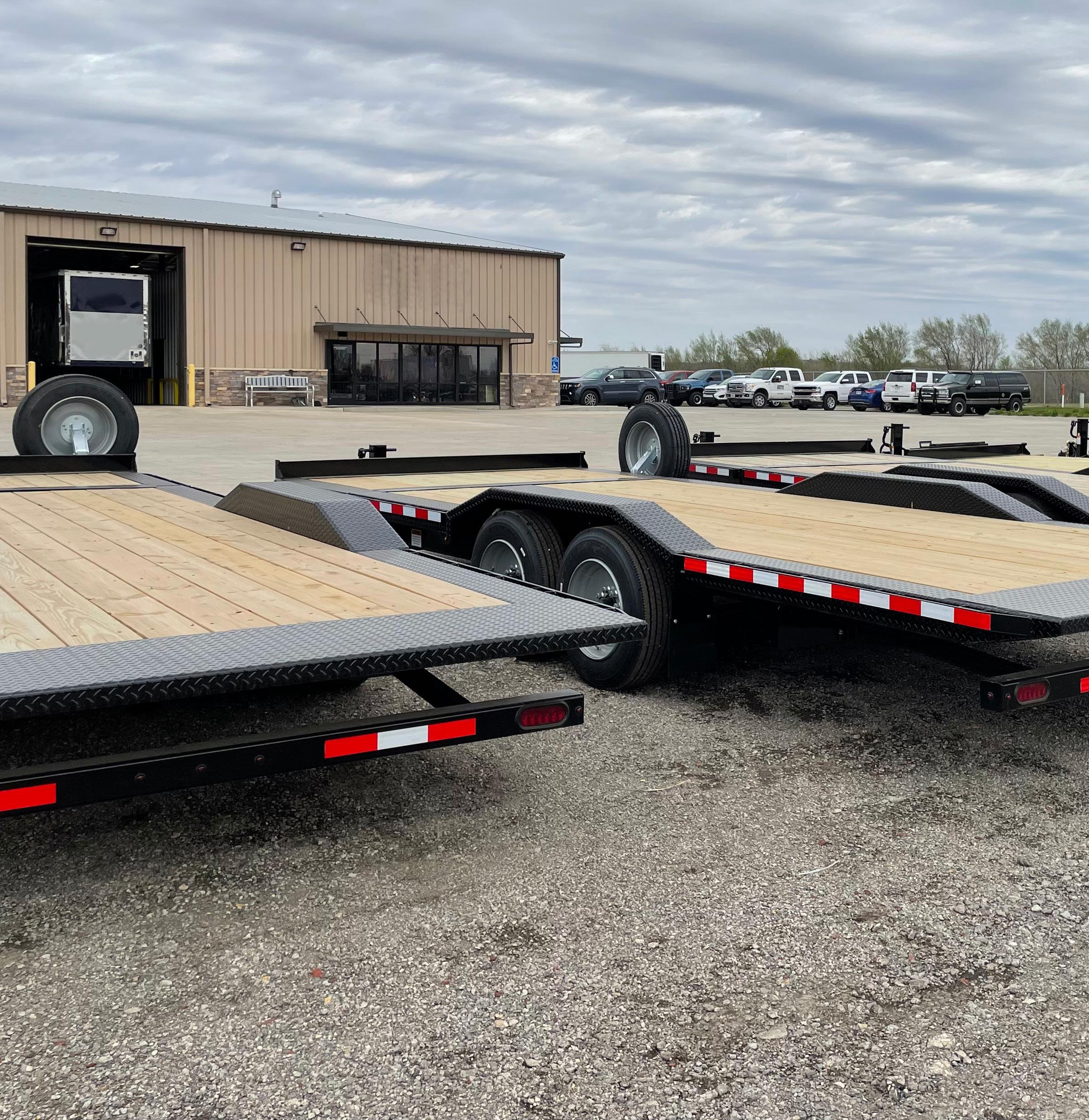
3 minute read
Rear Impact Guard Updates › › › › › › › › › › › ›
Alex Stowe, NATM Technical Director

The Department of Transportation and Federal Motor Carrier Safety Administration have updated requirements relating to rear impact guards by adding rear impact guards to the list of items that must be inspected annually on commercial motor vehicles, further labeling requirements for rear impact guards have been updated.
Annual Inspection of Commercial Motor Vehicles Update
Who this applies to:
The change in the annual inspection requirement applies to Commercial Motor Vehicles (CMVs). The Department of Transportation defines a Commercial Motor Vehicle as any towed vehicle used in interstate commerce which :1) has GVWR of 4,536 kg (10,0001 pounds) or more, 2) is used to transport more than 8 passengers for compensation, 3) is designed or to transport 15 or more passengers but is not used for transporting passengers for compensation, or 4) is used to transport materials found by the Secretary of Transportation to be hazardous under federal law.
What changes have been made:
Commercial Motor Vehicles are already required to undergo an annual inspection and keep documentation of meeting the minimum inspection standards. Previously, the annual inspection focused on the following areas:
Brake systems; Coupling devices; Exhaust systems; Fuel systems; Lighting devices; Loading safety; Steering mechanisms; Suspension; Vehicle frame; Tires; Wheels and rims; Windshield glazing; Windshield wipers; and Motorcoach seats.
With the update made to the inspection requirements, a fifteenth item must now be inspected to ensure compliance with the requirements - rear impact guards. The inspection should ensure:
1. The rear impact guard is not missing;
2. The rear impact guard is securely attached; 3. That the rear impact guard does not extend past 100 mm (4 inches) of either side extremity of the vehicle;
4. That the rear impact guard is more than 560 mm (22 inches) above the ground;
5. That the rear impact guard is more than 305 mm (12 inches) forward of the rear extremity of the vehicle; and
6. That the rear impact guard does not have a cross sectional vertical height of at least 100 mm (4 inches) across its entire width.
Steps to take to ensure compliance:
Any member or end consumer that currently operates commercial motor vehicles should ensure that their annual commercial motor vehicle inspection now includes a review of the six items listed above relating to rear impact guards.
The NATM Compliance Verification Program does not cover annual commercial motor vehicle inspections. Further, the qualification as a commercial motor vehicle depends on the use of the trailer which may or may not be known by the manufacturer at the time of production. This information is being shared with the membership in an attempt to assist with awareness of the updated regulation.
Labeling of Rear Impact Guards
Under the revised regulation relating to labeling of rear impact guards, the label required to be attached can now be placed on either the forward or rearward facing surface of the horizontal member of the guard. However, if a label is placed on the rearward facing portion of the guard it cannot interfere with any retroflective sheeting required to be included on the trailer.
Members should ensure that any impact guards being attached to any trailer with a GVWR of 4,536 kg (10,000 pounds) or more includes a label on the forward-facing surface of the guard, 305 mm (12 inches) inboard of the right end of the guard. The label must include the impact guard manufacturer’s name and address, the date and month the guard was manufactured, and the letters “DOT” constituting a certification by the guard manufacturer that the guard conforms to all requirements of FMVSS No. 223. ■









